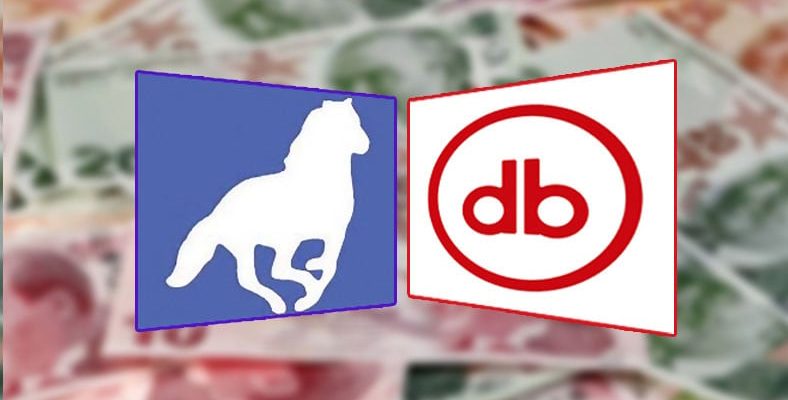Almost every institution and organization in the field of economy was affected by the crisis that left its mark on Turkey’s history. Bankrupt companies, companies downsizing, layoffs and more. The most striking examples of these events are banks…
With the political problems before or after the 2001 Economic Crisis Too many banks went bankrupt. Many of them also had a tabloid dimension (political magazine).
How does a bank go bankrupt, where the house always wins? Sometimes due to mistakes, sometimes due to reasons beyond their control, and sometimes completely due to environmental factors… Now, one of the bankrupt banks to the story of the three most talked about Let’s see together.
Reconstruction Bank
The establishment of Imar Bank, known for its high interest rates and large number of customers, was quite normal.
It was founded in 1928 with a capital of 1,000,000 TL in the currency of the period. Ayhan Şahenk, the founder of Doğuş Group, in 1975 and Ayhan Şahenk in 1984. It was purchased by Uzan Group founder Kemal Uzan.
The economic crisis begins in 2001. Therefore, both the value of money and the purchasing power of the people are decreasing. In this very period, İmar Bank offers services to customers who want to save money. high rates of foreign exchange and TL interest offers. When I say high, I mean really high. So much so that it is higher than the rate given by other banks. It gives 3 times more interest income! Of course, it is also preferred.
The sentence, which is thought to have been spread by Cem Uzan himself, is confusing.
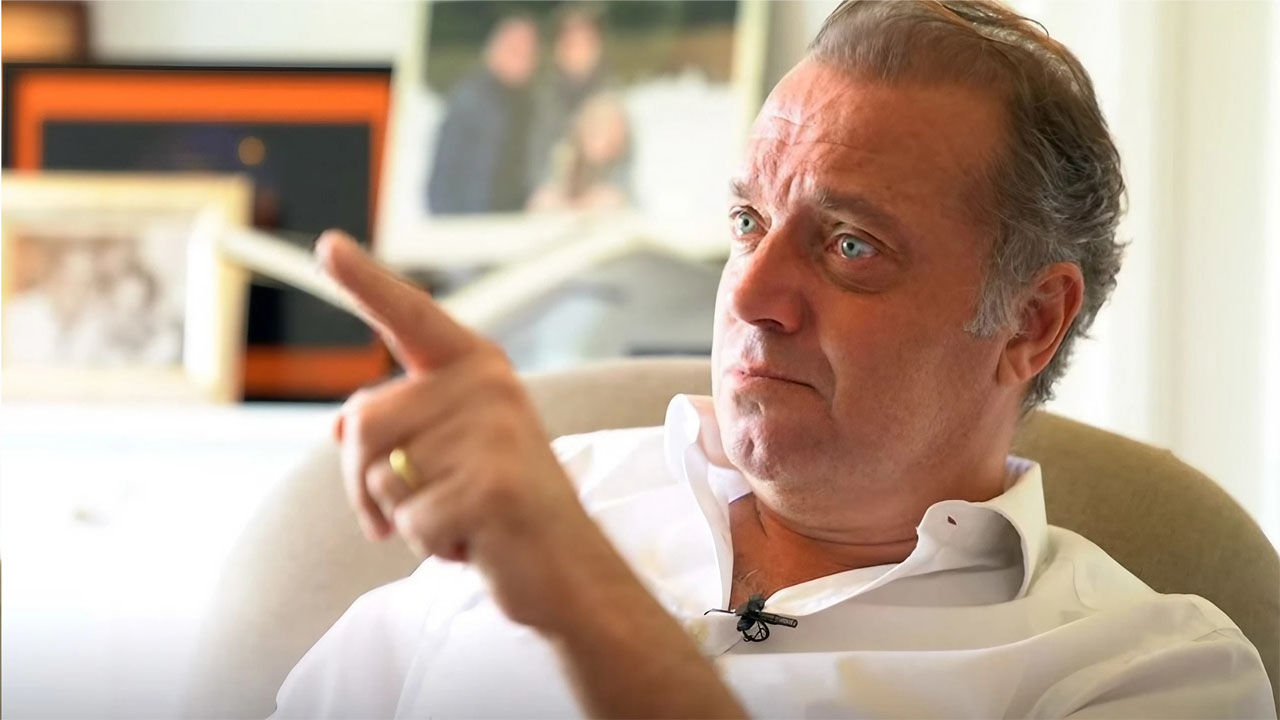
It is not known exactly who spread it, but there are allegations. “All big banks will go bankrupt!” His word raises eyebrows. Imar Bank customers are rushing to withdraw their money from their accounts before the maturity date, not even 1 year ago. With the comfort of saving the principal money, they do not mind not being able to receive interest.
Imar Bank, which rose with the 2001 Economic Crisis, also goes bankrupt due to the problems arising from it. Namely, the Banking Law is being reorganized after the crisis. The measures requested in accordance with the 3rd paragraph of Article 14 of this law have not been taken partially or completely and due to obligations not being fulfilled on time İmar Bankası was approved by the Banking Regulation and Supervision Agency (BDDK) in July 2003. It is transferred to the Savings Deposit Insurance Fund (TMSF).
While the lawsuits and statements continue It officially went bankrupt by court decision in 2007. He leaves behind customers called ‘imarzade’, who could not get their money, and 9 billion TL of damage to the state. No information was given about the exact number of Imarzades. However, payments made to beneficiaries in certain ‘stages’ are announced through SDIF.
Pamukbank
It was established to provide funds to cotton producers.
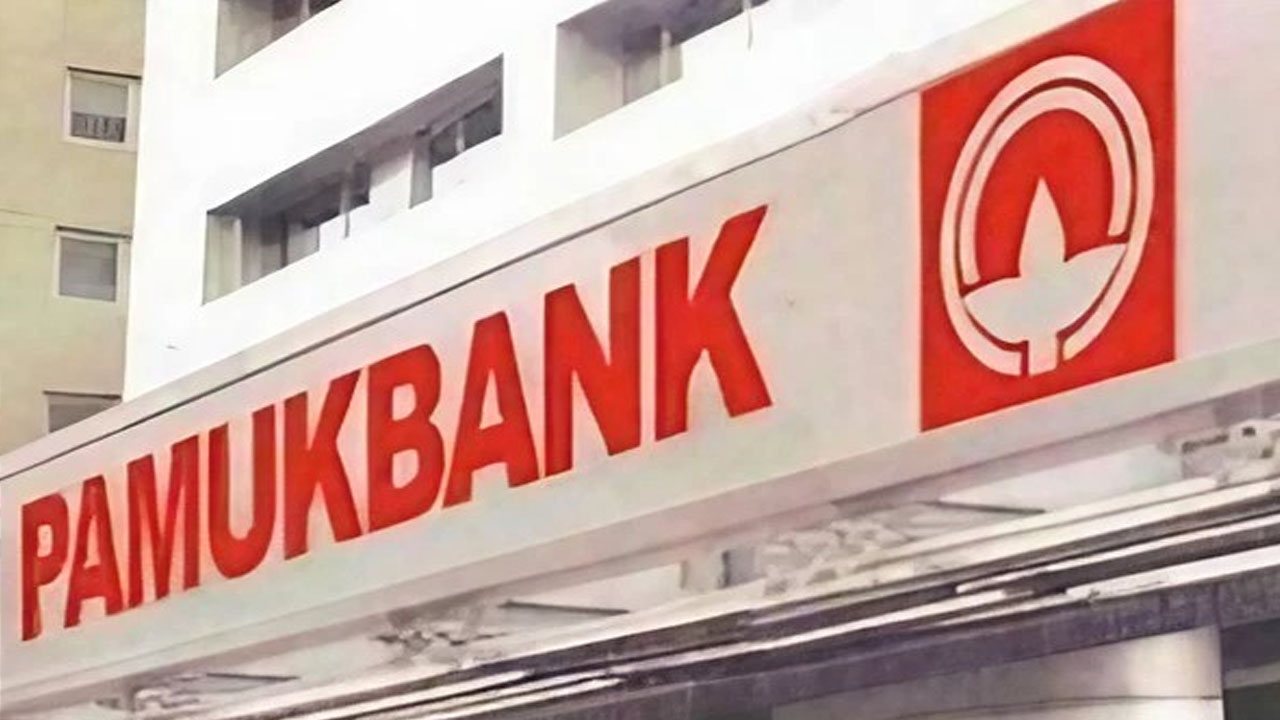
After its establishment in 1955, it continues to serve its purpose for a while. Later, it moves to Çukurova Holding in 1973. This is the first step that pushes him to the ‘end’.
It became one of the top 5 private banks in Turkey in the 1990s. Also in 1998 Signs an agreement with US consulting firm McKinsey and focuses on self-improvement. It is undergoing modernization in almost every aspect, from the change of management organization to the training given to employees. Thus, it becomes the most popular bank.
While everything is going well, it enters an eventful and politically controversial process of collapse.
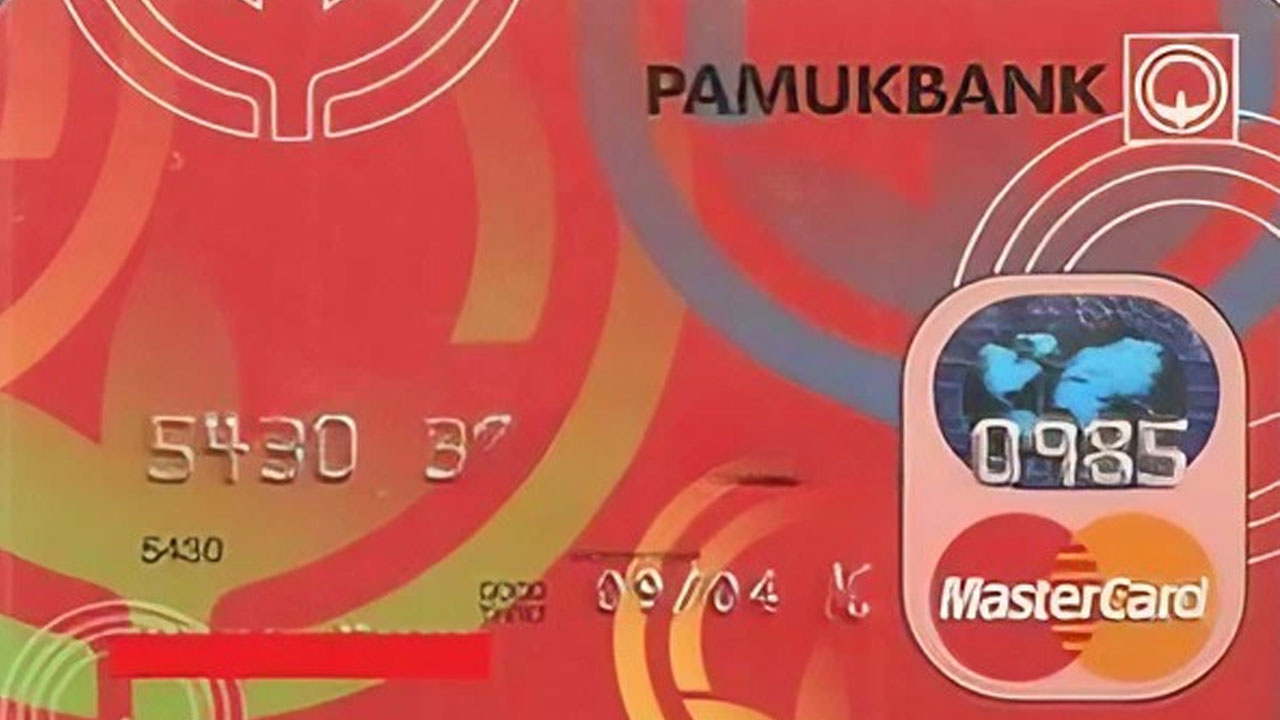
Pamukbank first in 1998 It is kept under control due to its operation. As a result of the audit, the expected bad result came to an end and in 2002, BRSA issued a lawsuit against Çukurova Holding due to the loans it extended to Çukurova Holding. He transfers Pamukbank to SDIF.
The reason for the SDIF transfer is ‘disruption of asset-liability maturity harmony, lack of equity and liquidity’ and the most important reason is ‘loans are concentrated on certain groups and are not repaid’ is shown as . In other words, Pamukbank gives loans to its own shareholder, Çukurova Holding, but does not receive repayment.
Even though the bank appears to be profitable on paper, there is no money in sight.. SDIF starts the sale process in 2004, that is, 2 years later, and transfers Pamukbank to Halkbank with all its rights and partnerships, except dividends.
The concerns of Pamukbank customers are causing a bit of confusion. Because Halkbank provides retirement pensions to all Pamukbank employees who reach retirement age. Customers think things are messy and He is worried about his own calculations.
Especially the fact that the transfer process to Halkbank takes a long time increases the rumors. But there is no problem. Pamukbank customers become members of Halkbank on the specified date The problem is solved and customers are now transferred to Halkbank.
Demirbank
It is established with the partnership of 79 iron merchants.
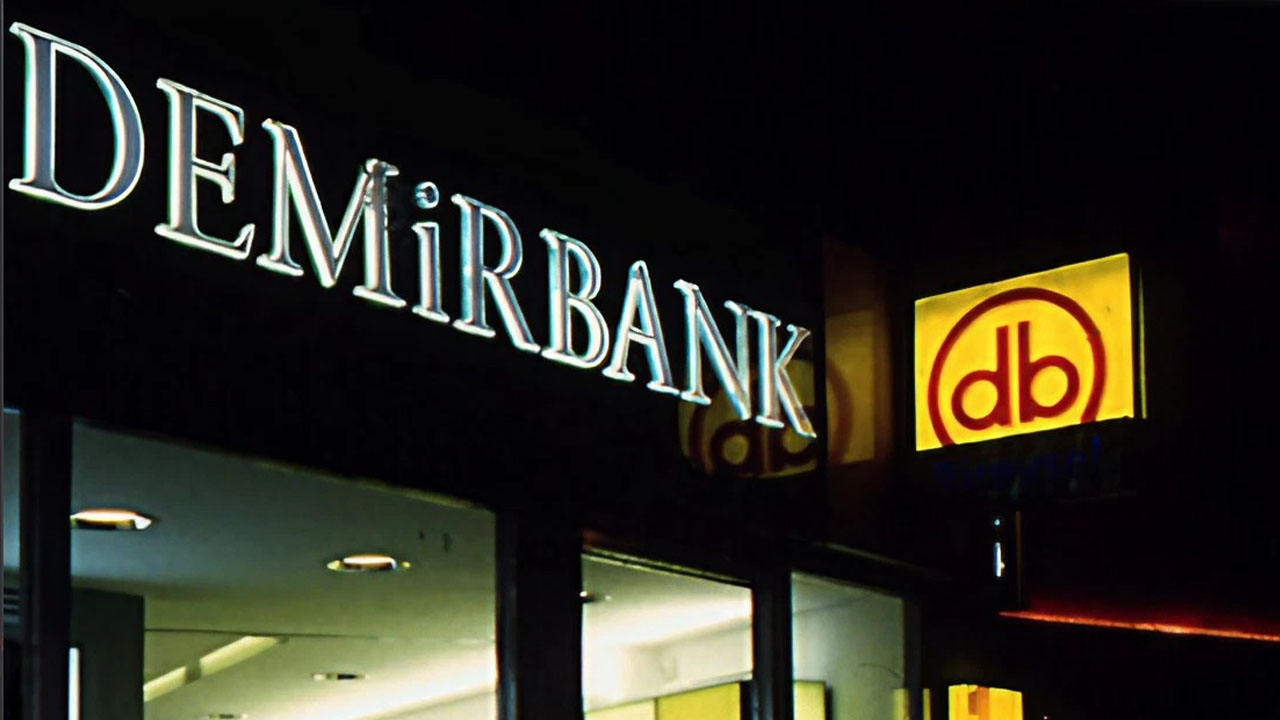
Demirbank was established in 1953 under the leadership of the Cıngıllıoğlu family. Even It never changes hands until it is transferred to SDIF.
It reached 23 branches in the 1960s and was seized in 2000. Turkey’s fifth largest bank It is located in.
During a crisis, the bank is the first to be seized.
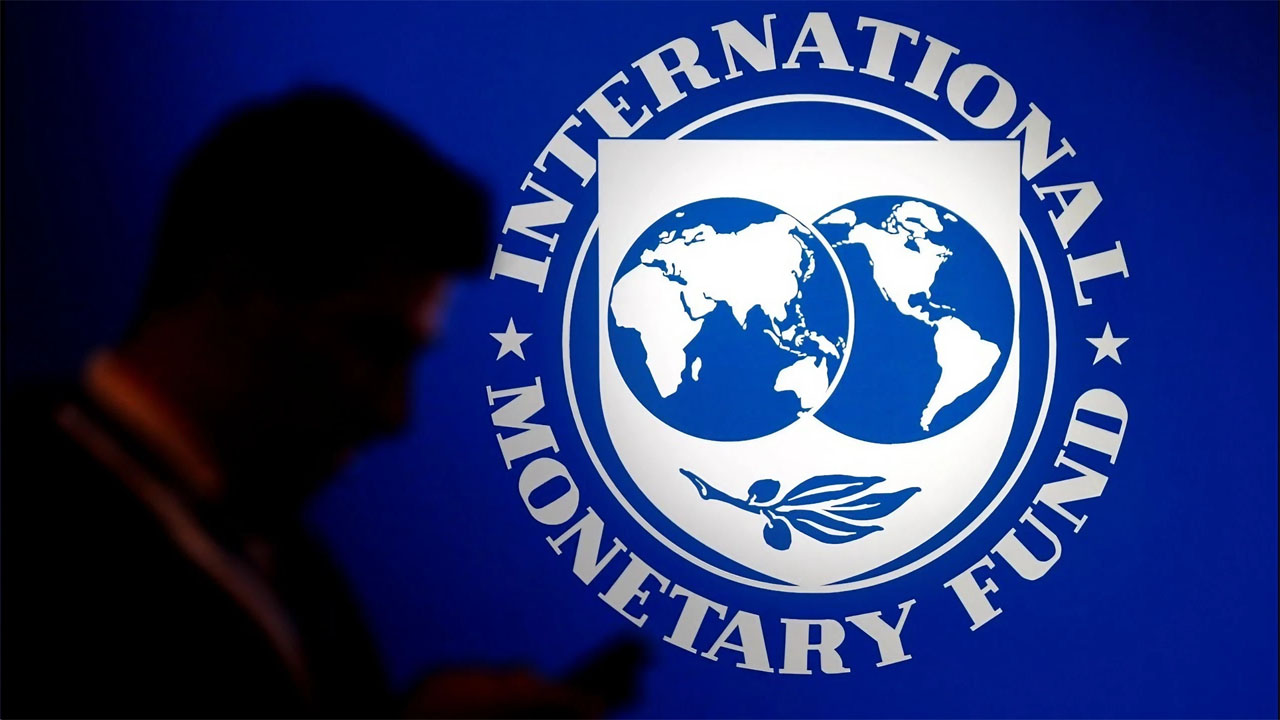
On the way to the 2001 crisis, due to public debt in 1999 Türkiye and IMF agree. The market focuses on the money entering the country and takes wrong steps. One of the wrong steps is the decrease in interest rates.
Taking advantage of falling interest rates, Demirbank begins collecting low-interest bills and bonds. But It takes more risks than other banks and invests a high percentage of its money in these banks.
So wouldn’t this cause a problem? Of course it does, liquidity problem (Liquidity is the conversion of a financial asset into cash. In other words, if customers want to withdraw money because they do not have cash, they will not be able to find it.)
While it was thought that interest rates had fallen, suddenly government decisions change the situation.
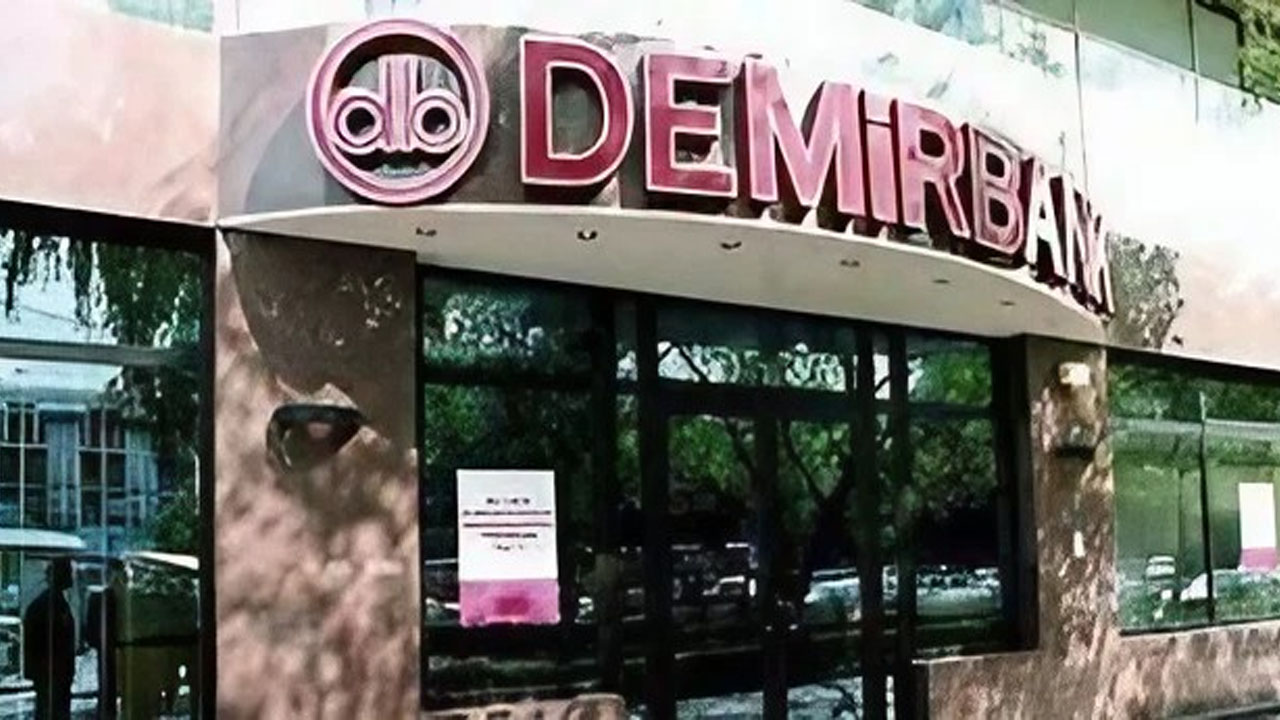
With the coalition government of the period Things are getting complicated in the market due to a problem with the IMF.. This situation causes interest rates to start rising again, albeit slowly. Demirbank, which until then had been paying off its liquidity problem by borrowing money from other banks, was literally stuck.
On top of the liquidity problem, they were unable to borrow from other banks as a result of political events. Demirbank consumes all of its capital after a while. In this case, SDIF takes over the bank and buys Demirbank. In 2001, he sold Demirbank to HSBC. Therefore, its customers and employees are now HSBC members.
In other words, banks that grew at a high rate and were among the best either become history with the crisis or are sold to another bank. In similar periods, Egebank, Yurtbank, Yaşarbank, Bank Kapital and National Bank were merged with Sümerbank. Interbank and Esbank were merged with Etibank. Sitebank was also sold to Novabank. Only during the 2001 crisis 25 banks collapsed.
Other content that might interest you:
RELATED NEWS
The Little-Known Story of the Cold War Between Koç and Sabancı to Acquire Garanti Bank
RELATED NEWS
